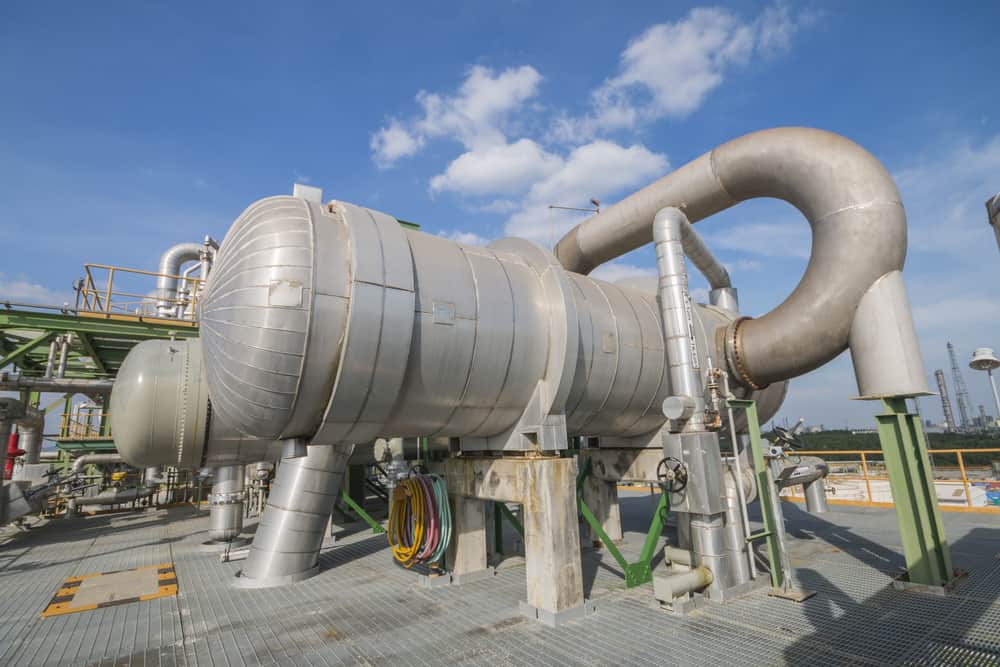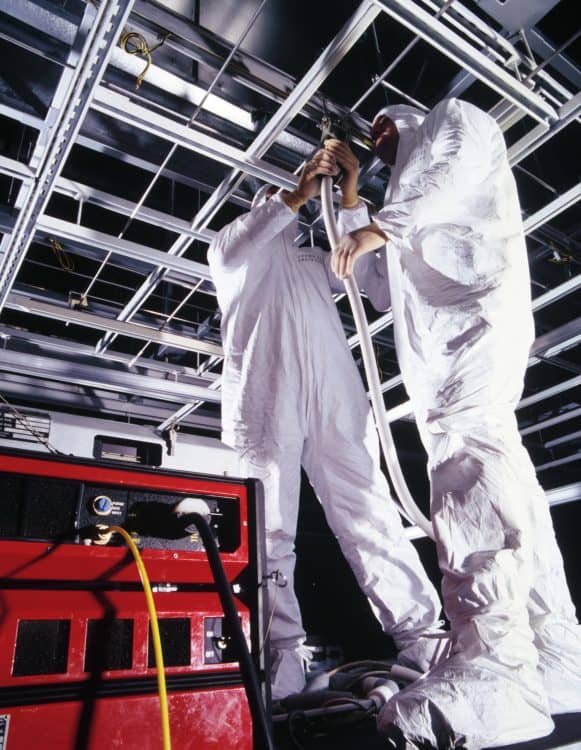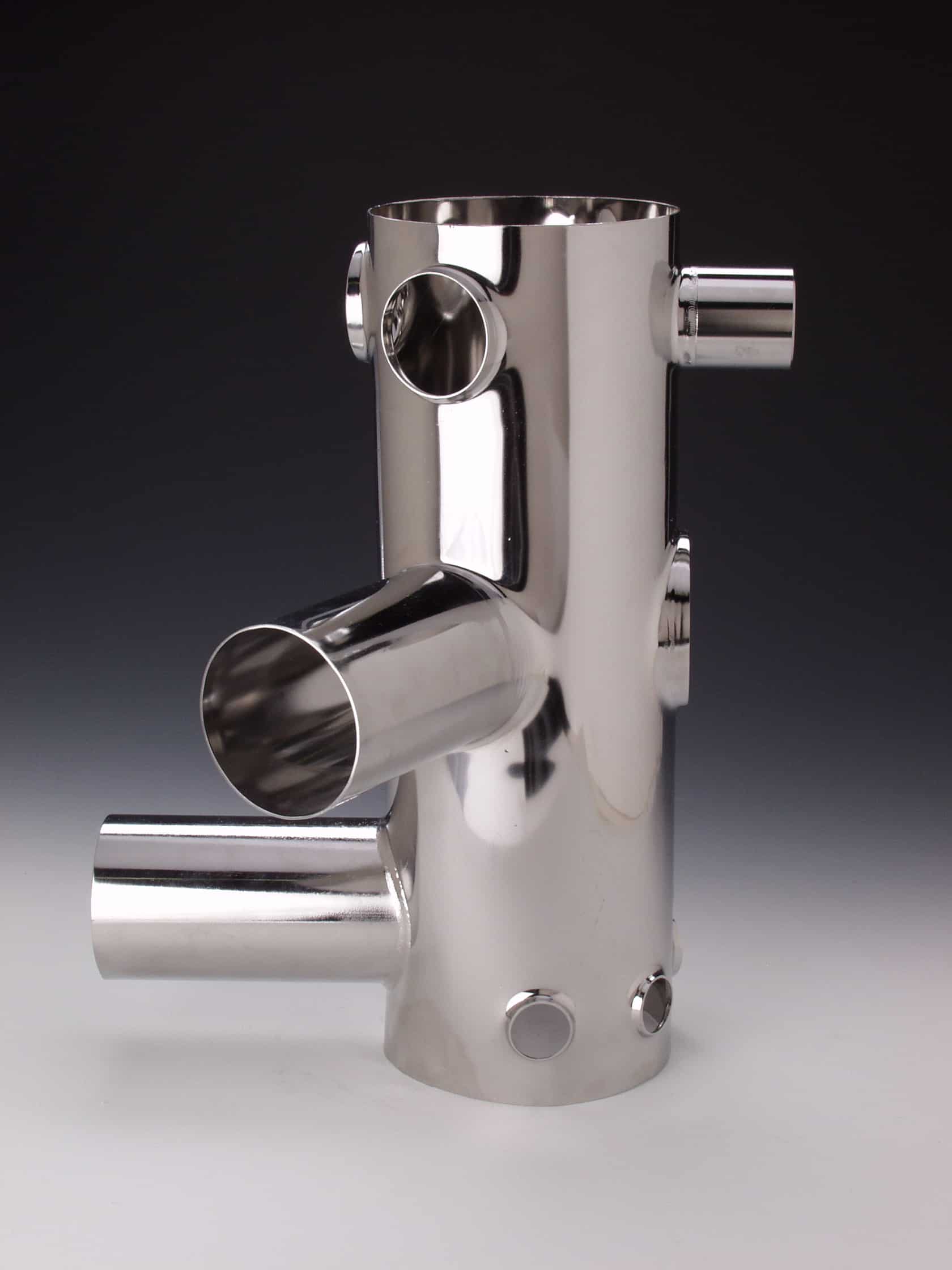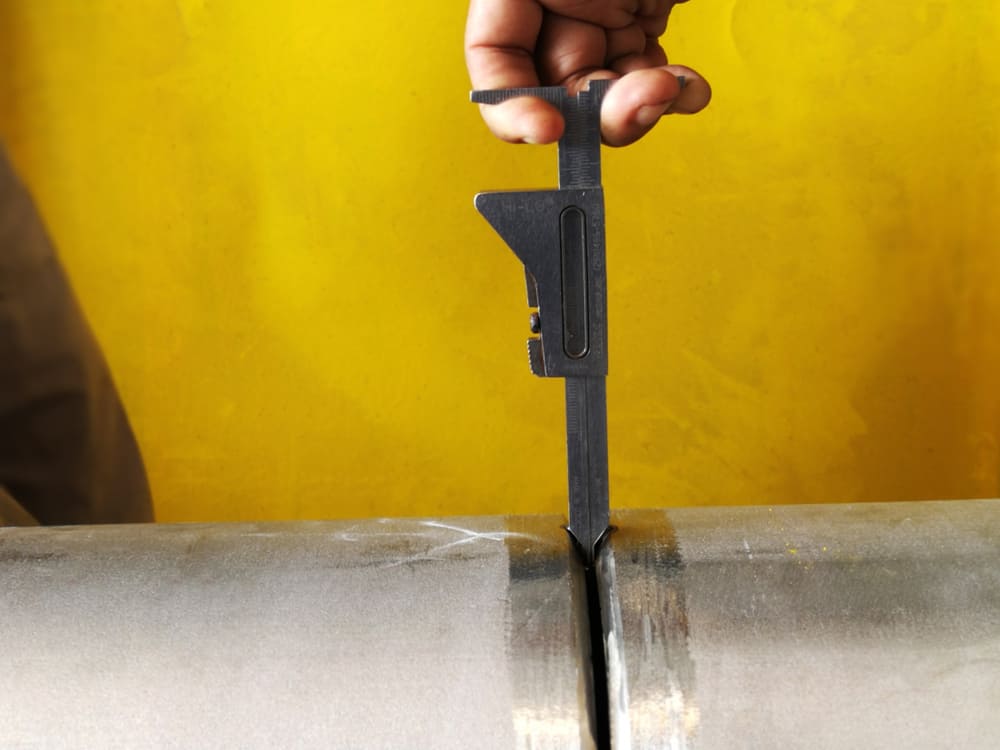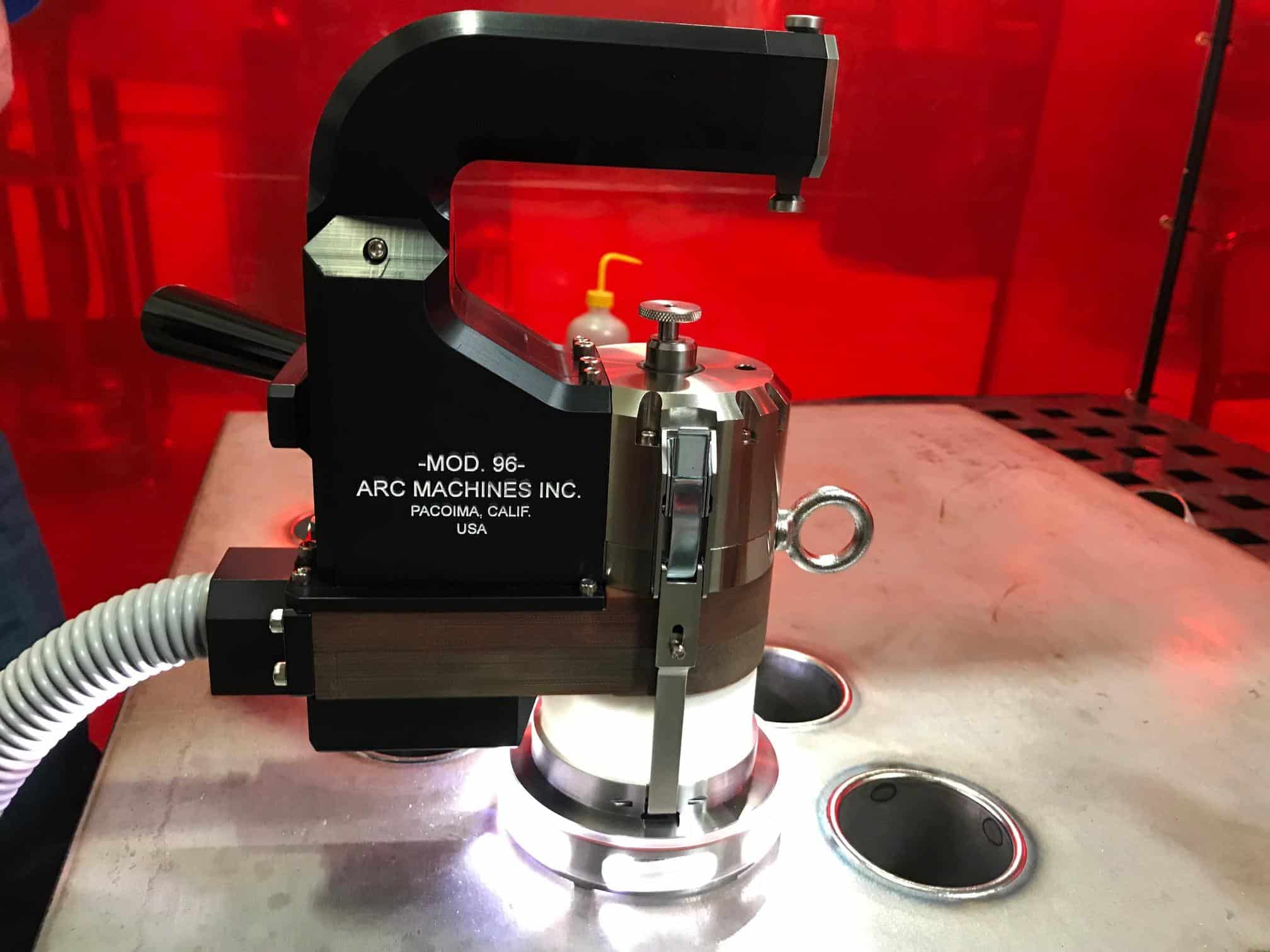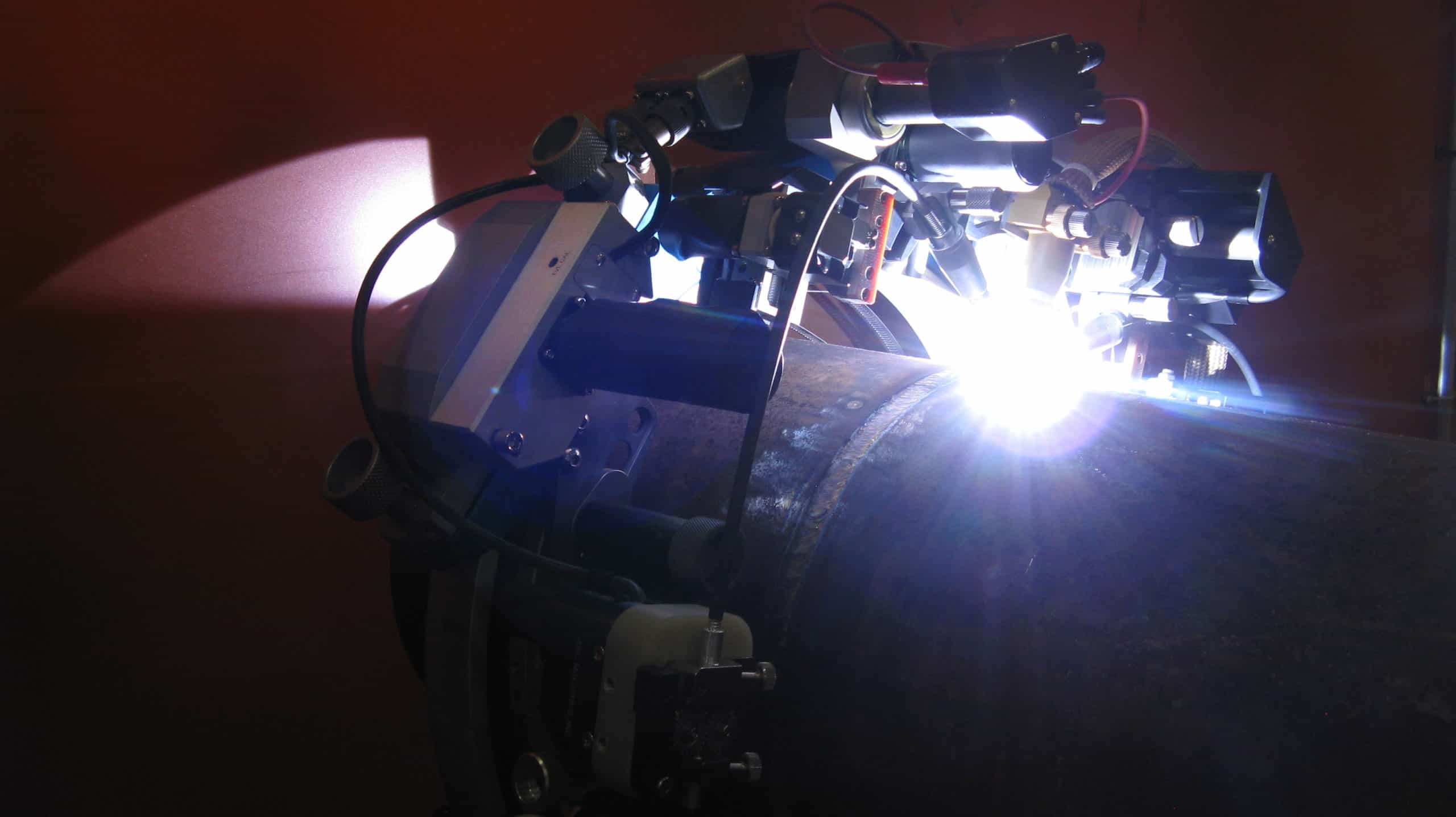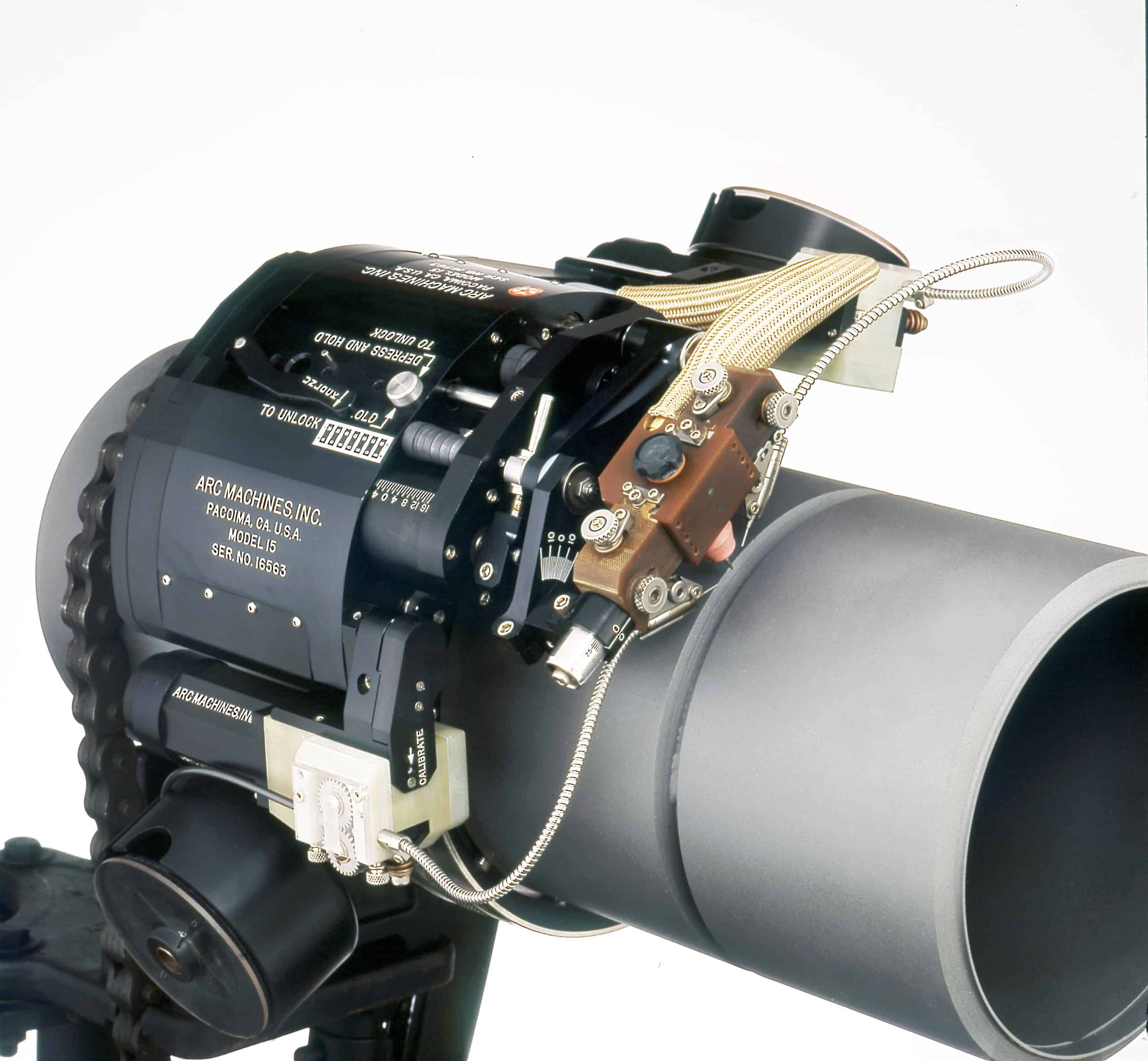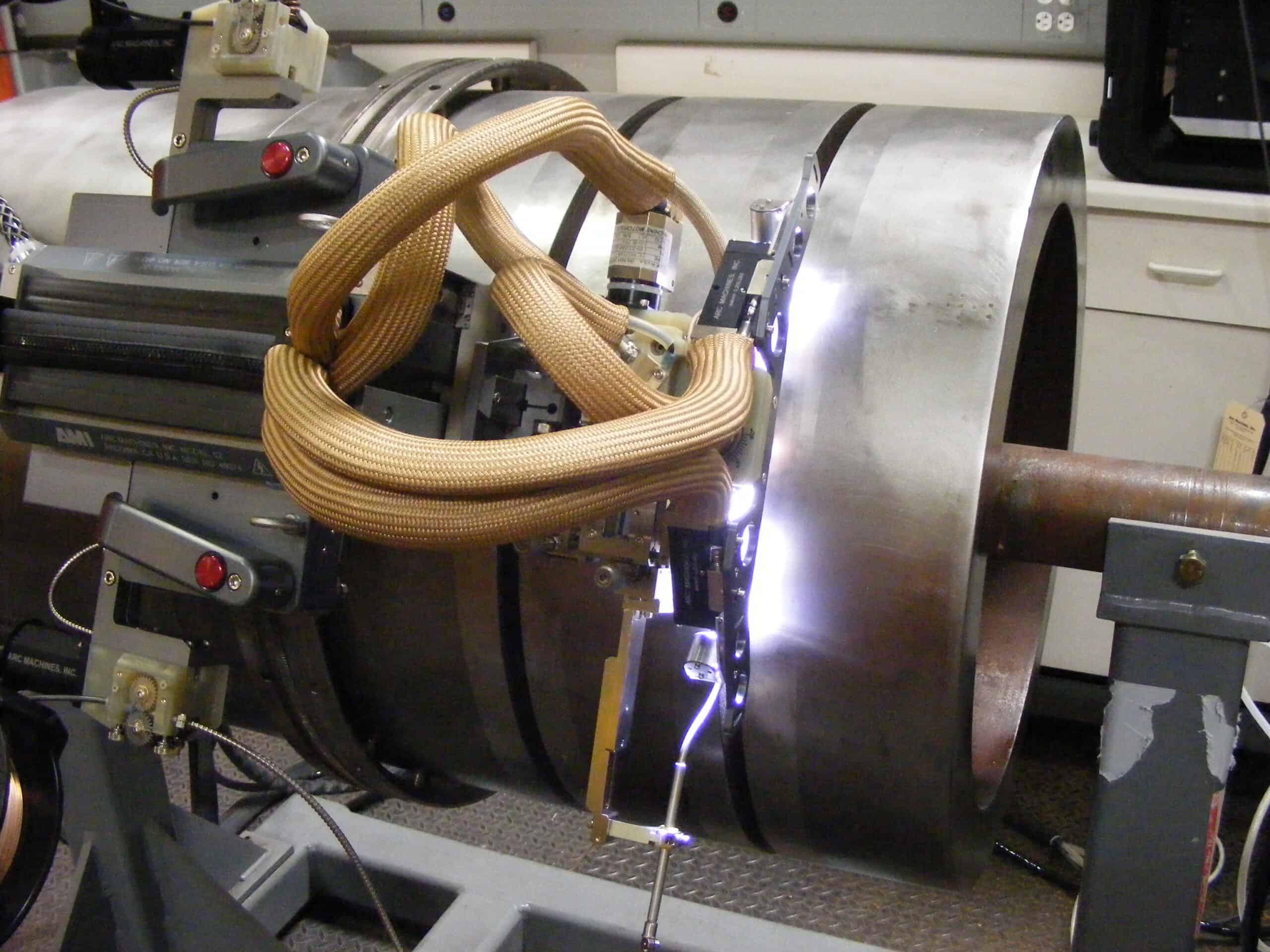
The history of welding goes all the way back to the first time that someone heated up two pieces of iron and hammered them until they joined together. The art has advanced considerably since then, with the first recognizable gas welding processes being developed in the late nineteenth century. In…

